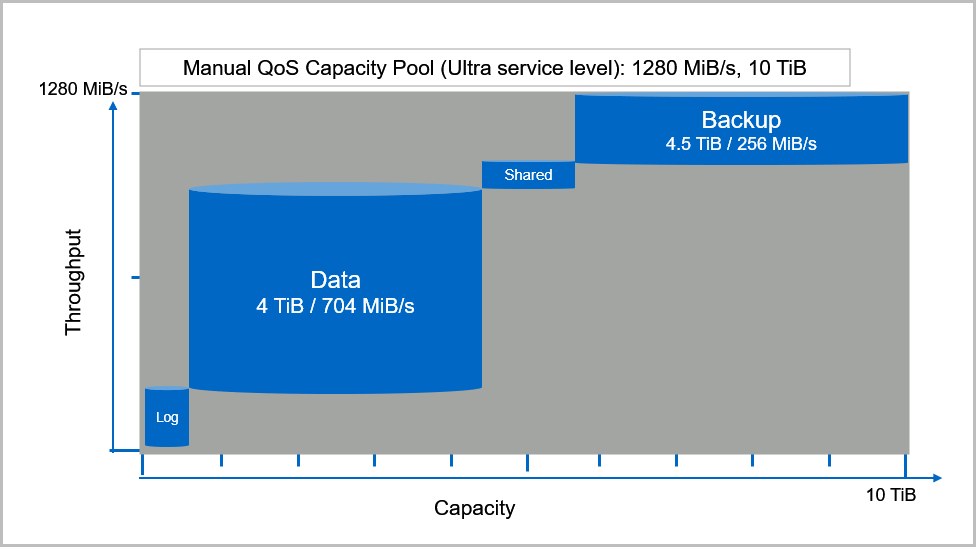Managing QoS in Azure NetApp Files
In this post we’re going to cover managing Quality of Service (QoS) for Azure NetApp Files. I’ll assume that you’ve already created your Azure NetApp Files (ANF) Capacity Pools and Volumes and mounted them on your hosts. If not, you might want to have a read of this post Building Enterprise Grade Files Shares in Azure and this post Mounting your Azure NetApp Files Volumes.
Types of QoS
There are two types of QoS available within ANF, auto and manual. The original deployment of the ANF service backup in 2019 used auto QoS. In June 2021 Microsoft introduced manual QoS. By default, when you create a capacity pool, auto QoS is selected.
Auto QoS
An auto QoS capacity pool assigns the throughput tom the volume automatically (no surprise there, the clue is in the name). During the creation of a capacity you can select the manual QoS option, you can also convert an existing capacity pool from auto to manual QoS. However, this is a permanent change and reverted, also, you cannot convert a manual QoS capacity pool to auto.
Manual QoS
With a manual capacity pool you can assign the throughput independently of the volume size. It is important to remember that the throughput is limited by the size of the capacity pool. For example; if you have a 10TiB capacity pool at the Standard tier (16MiB/s/TiB) – The maximum throughput that can be assigned to volumes within that capacity pool is 160MiB/s.
Example of Manual QoS
In the image below you can see an example of manual QoS. This capacity pool is using the Ultra tier and is 10TiB in size, giving a total usable throughput within this capacity pool of 1280 MiB/s. As you can see in the image, the data volume is 4TiB in size and has 704 MiB/s of throughput. If this was an auto QoS capacity pool the Data volume would have 512 MiB/s (4 * 128MiB/s/TiB). However, using a manual QoS pool means that the Data volume, which most likely requires higher performance, can have more throughput assigned to it. Likewise, the Backup volume, which will require less performance can have a lower throughput assigned to it.

Source: Microsoft
Summary
As always, I hope this short post has been useful to you. I also hope that it underpins once again how simple the Azure NetApp Files service to consume. The manual QoS feature allows for the flexibility to assign throughput independently to a volume. This features makes the ANF service more flexible but still maintains its simplicity. The ANF service is constantly being updated and improved by Microsoft, to see whats new with ANF check the link here. If you would like to learn more about Azure NetApp Files, check out the Microsoft docs pages here.
